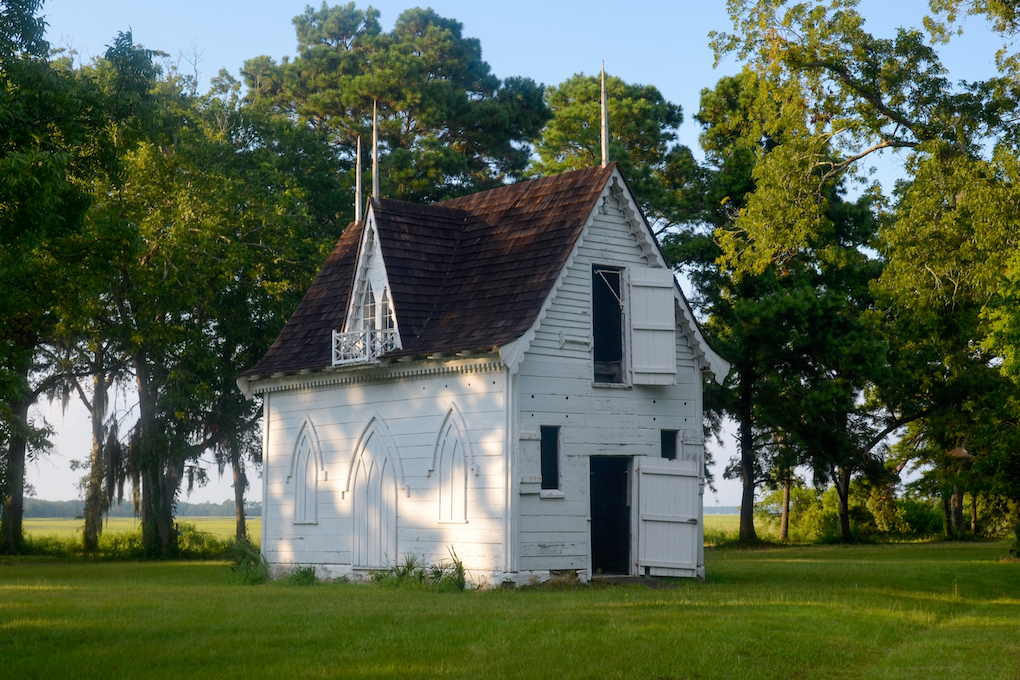Developers are displacing families on the historically Black Edisto Island, where communities of Gullah-Geechee people reside.
Gullah-Geechee people in the south are the direct descendants of West and Central Africans who were enslaved on the Atlantic coast. Plantation owners on the island got richer by the day from the free and brutal labor those enslaved were forced to do on land known for its rice and high-quality cotton between 1808 and 1860.
It wasn’t uncommon for enslaved people to live in cabins on the plantations at the time, but once the Civil War broke out in 1861, plantation owners were forced to evacuate by Union soldiers. However, those enslaved on the island remained as free people.
Following the Civil War, Black people who were formally enslaved acquired land during the Reconstruction Era.
“This was able to give them true independence and economic empowerment for the first time, so they didn’t have to depend on the white man for their livelihood,” Greg Estevez, a historian, and author of Edisto Island: The African American Journey, told Travel Noire. “Every structure on Edisto Island was built by African Americans, including the docks, barns, houses, and churches from the 17th to 19th centuries. This is a place built by Black hands and Black know-hows.”
But all that is changing. The island used to be 95% Black and is now close to 90% white. The Gullah-Geechee people are losing so much of their culture and history to developers on what many see as a “fun resort” on South Carolina’s Hilton Head Island in South Carolina.
In 1949, the Gullah-Geechee owned more than 3,200 acres. In 2021, the community owns just 1,000 acres.
During an interview with AJ Plus, descendant and long-time islander Taiwan Scott showed how the land loss has been exploited.
In one particular scene, Scott shows where a golf course was constructed on a historically Black cemetery where Gullah-Geechee people now need permission to enter. Someone has vandalized one of the signs by spray-painting over the words “African American” on the plaque, indicating it’s a historic Black cemetery.
All this is happening as vacationers and new residents drive on their golf carts stating how beautiful the golf course is as Scott explains to viewers that his ancestors are buried under the same land they see as “fun and a great time.”
The island is transforming and the significant landmarks, such as the homes, that once highlighted a thriving Black community is also dwindling.
According to Estevez, many Black families have moved away for better economic opportunities— a direct result of the gentrification changing the island.





